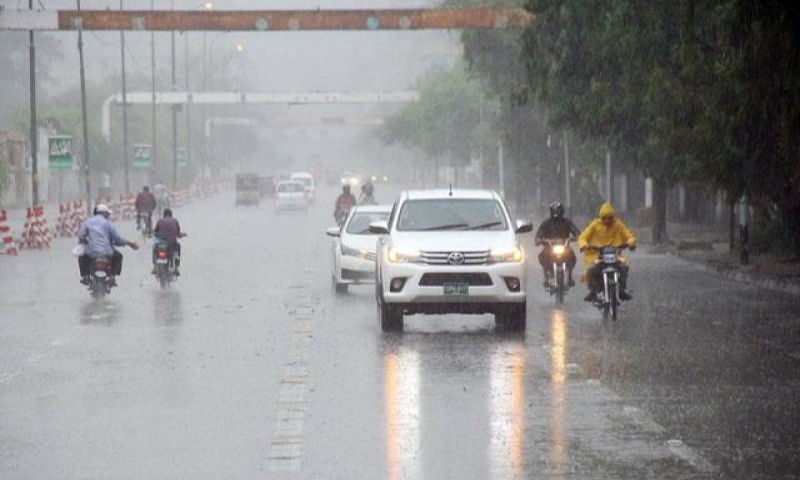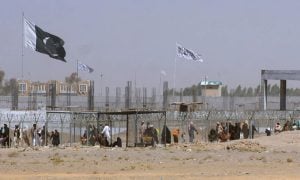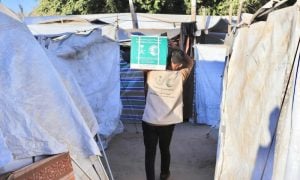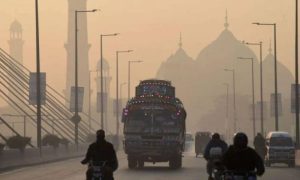KEY POINTS
- Flash floods, landslides, and urban flooding are expected as monsoon currents strengthen
- NDMA urges the public to avoid outdoor exposure, secure loose structures, and follow safety measures.
ISLAMABAD: Pakistan is likely to face another spell of heavy monsoon rains and potential flooding from July 28, according to forecasts by the Pakistan Meteorological Department (PMD).
A combination of strengthening monsoon winds and an approaching westerly system may bring widespread rain, raising the risk of flash floods, urban inundation, and landslides across several regions, the weather department stated.
However, the Met Office has forecasted mainly hot and humid weather across most parts of the country on Monday.
According to the weather department, there is a chance of rain, wind, and thunderstorms in Gilgit-Baltistan, Kashmir, Upper Khyber Pakhtunkhwa, North-Eastern Punjab, Potohar Region, and South-Eastern Sindh.
Meanwhile, the National Disaster Management Authority (NDMA) has issued a weather advisory, alerting the public that weak monsoon winds are moving into the upper and central parts of the country and will gain strength starting July 28.
A westerly weather system is also expected to arrive on July 29, which could bring heavy to very heavy rain in several areas.
What to Expect
Flash floods are likely in streams and nullahs around Murree, Galiyat, Islamabad/Rawalpindi, and D.G. Khan’s hill torrents.
Landslides or rockfalls may occur in hilly areas, especially around Murree.
Urban flooding could hit low-lying areas of Islamabad, Rawalpindi, Gujranwala, Lahore, Sialkot, Sargodha, and Faisalabad after heavy showers.
Hailstorms, although isolated, may damage crops, orchards, buildings, and vehicles.
Strong winds could harm loose structures like billboards, electric poles, and solar panels.
Thunderstorms may increase the risk of lightning strikes.
Possible power cuts and utility disruptions in some areas.
NDMA’s Advice
Stay away from loose or damaged structures in windy and rainy weather.
Avoid going outdoors unless necessary during the storm.
Farmers should adjust their schedules to protect crops from rain and hail.
People in hilly and flood-prone areas should stay alert and follow safety instructions.
























